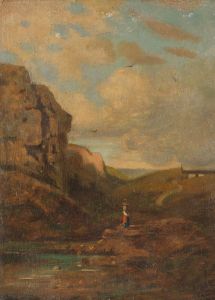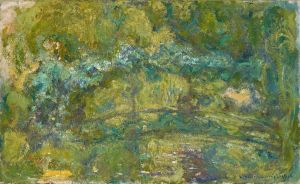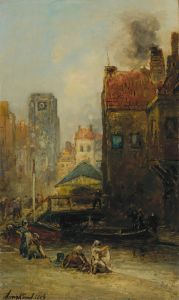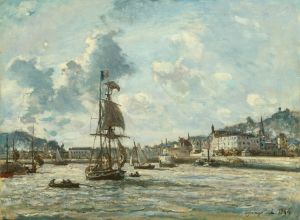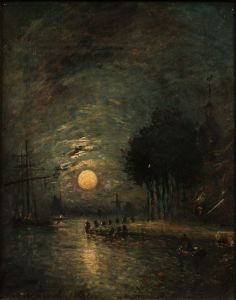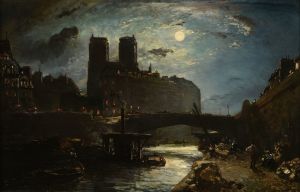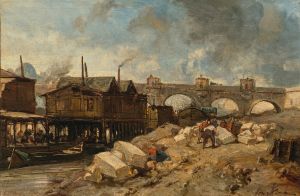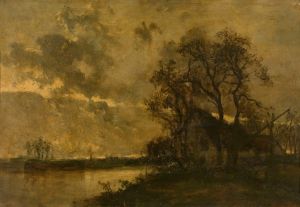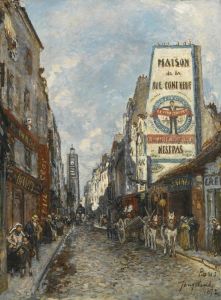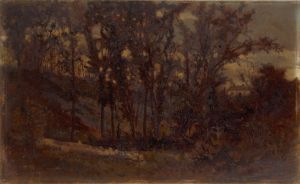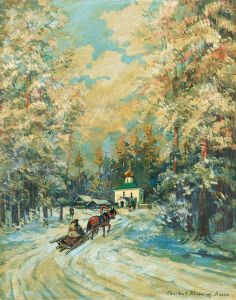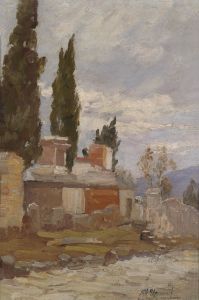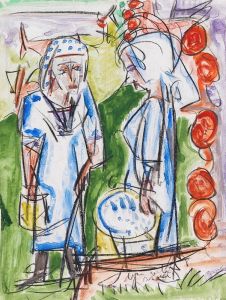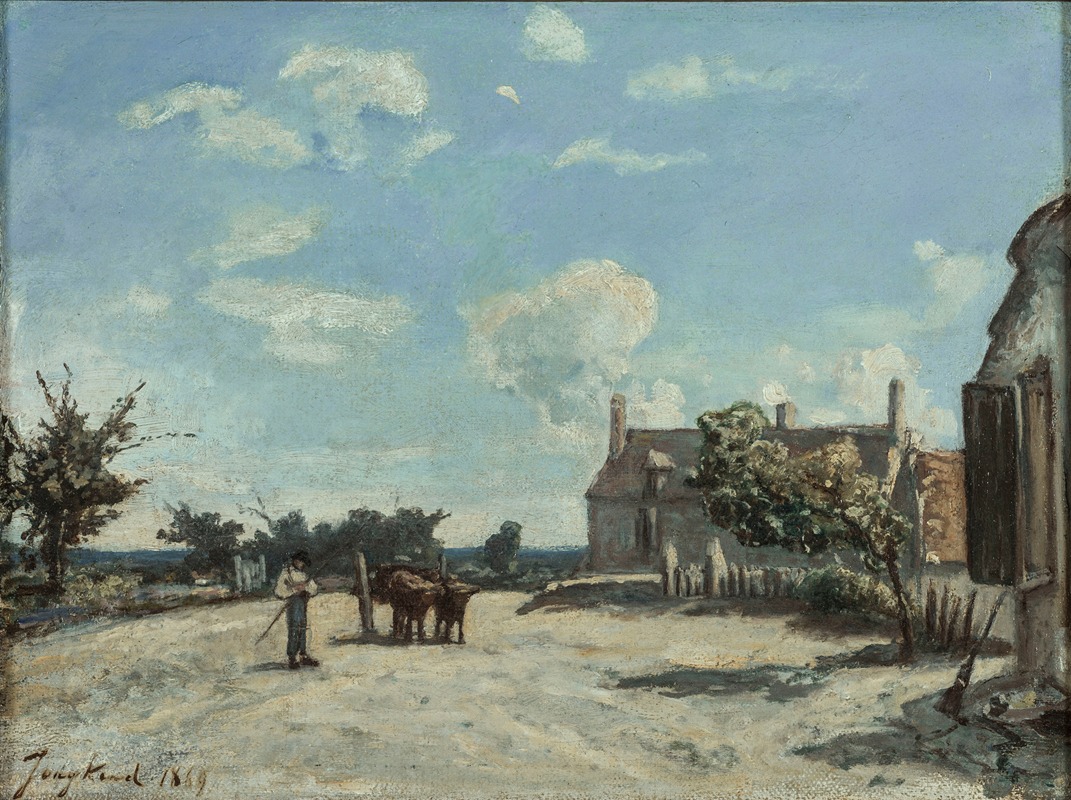
Saint-Parize-le-Châtel
A hand-painted replica of Johan Barthold Jongkind’s masterpiece Saint-Parize-le-Châtel, meticulously crafted by professional artists to capture the true essence of the original. Each piece is created with museum-quality canvas and rare mineral pigments, carefully painted by experienced artists with delicate brushstrokes and rich, layered colors to perfectly recreate the texture of the original artwork. Unlike machine-printed reproductions, this hand-painted version brings the painting to life, infused with the artist’s emotions and skill in every stroke. Whether for personal collection or home decoration, it instantly elevates the artistic atmosphere of any space.
Johan Barthold Jongkind was a Dutch painter and printmaker, known for his significant influence on the Impressionist movement. He was born on June 3, 1819, in the Netherlands and spent a considerable part of his career in France. Jongkind is celebrated for his landscapes and marine scenes, which often feature innovative use of light and color, elements that would later be embraced by Impressionist artists.
One of Jongkind's works is "Saint-Parize-le-Châtel," a painting that captures the essence of the French countryside. Saint-Parize-le-Châtel is a commune in the Nièvre department in central France, and Jongkind's depiction of this locale reflects his keen interest in capturing the natural beauty and atmosphere of rural France. Jongkind was known for his ability to convey the mood of a scene through his adept handling of light and shadow, and this painting is no exception.
Jongkind's technique often involved painting en plein air, or outdoors, which allowed him to observe and capture the changing effects of light and weather on the landscape. This approach was somewhat revolutionary at the time and laid the groundwork for the Impressionists, who would further develop this method. In "Saint-Parize-le-Châtel," Jongkind likely employed this technique to bring an authentic sense of immediacy and vibrancy to the scene.
The painting is characterized by its loose brushwork and a palette that captures the subtle variations in color found in nature. Jongkind's use of color and light in "Saint-Parize-le-Châtel" demonstrates his departure from the more rigid and detailed style of earlier landscape painters. Instead, he focused on the overall impression of the scene, a hallmark of his work that would inspire future generations of artists.
Jongkind's influence on Impressionism is well-documented, with artists such as Claude Monet acknowledging his impact. Monet, in particular, admired Jongkind's ability to capture the fleeting effects of light and atmosphere, elements that became central to the Impressionist style. Jongkind's work, including "Saint-Parize-le-Châtel," served as a bridge between the traditional landscape painting of the early 19th century and the innovative approaches that characterized the Impressionist movement.
While specific details about the creation and exhibition history of "Saint-Parize-le-Châtel" may not be extensively documented, the painting remains an important example of Jongkind's contribution to art. His ability to capture the essence of a place with a fresh and dynamic approach continues to be appreciated by art historians and enthusiasts alike.
Jongkind passed away on February 9, 1891, but his legacy endures through his paintings, which continue to be studied and admired for their pioneering qualities. "Saint-Parize-le-Châtel" stands as a testament to Jongkind's skill and his role in the evolution of modern landscape painting.





